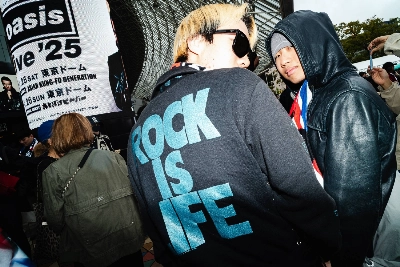OSAKA -- A Japanese-led team of international researchers said Monday it has discovered more evidence suggesting that particles and antiparticles may not be completely symmetrical, which could explain why antiparticles vanished early in the history of the universe.
The researchers from Japan and nine countries plus Taiwan presented their findings to the 30th International Conference on High Energy Physics, held in Osaka. Similar results were reported by a separate international team of researchers led by physicists at the Linear Accelerator Center at Stanford University in the United States.
Antiparticles, which have the same mass as particles but are opposite in other respects, such as electric charge and spin direction, are believed to have existed in the same quantity as particles during the Big Bang.
When particles and antiparticles collide, they emit light and disappear. However, antiparticles are believed to have vanished early on, and their disappearance has long remained a mystery.
The Japanese-led team used an accelerator built at a so-called B-factory in the Education Ministry's High Energy Accelerator Research Organization in Tsukuba, Ibaraki Prefecture. B-factories make a "B" version of a subatomic particle known as a meson.
The researchers are examining the process by which B-mesons and anti-B-mesons generate together and decay into other particles.
During experiments conducted between June last year and July this year, the physicists found evidence suggesting that anti-B mesons decay more quickly than B mesons, which would lend weight to the theory that particles and antiparticles are not completely symmetrical, the researchers say.
The researchers emphasized that they do not yet have sufficient data to confirm the results of the experiments.
However, Fumihiko Takasaki, the professor who led the experiments, said the results are "encouraging."
















With your current subscription plan you can comment on stories. However, before writing your first comment, please create a display name in the Profile section of your subscriber account page.